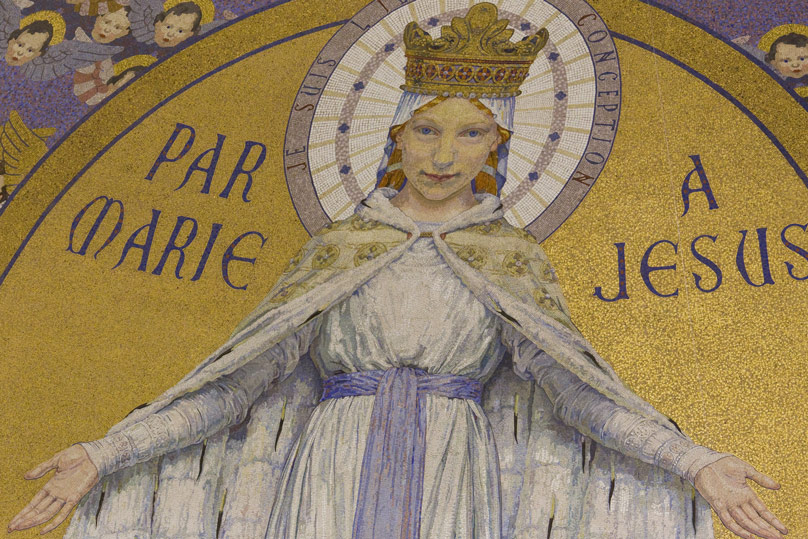
I have always struggled with praying the Rosary. Repeating the same prayer over and over again is monotonous and the prayers are so familiar that praying them can feel dry, meaningless and a bit mechanical. The Mysteries of the Rosary are stories cradle Catholics have heard so many times that the amazement and wonder at the events is often lost.
Everything changed however, when I visited Lourdes in France a few years ago and felt very powerfully the presence of Our Lady. There was an atmosphere of gentleness and peace over the entire shrine and I felt an overwhelming desire to pay her homage, to thank her for bringing me to Lourdes. Praying the Rosary was the best way I could think of to show honour, love and gratitude to this woman who said “yes” to the Incarnation—thereby changing the course of human history—as well as to ask for her help and intercession. From that time onwards I had a greater appreciation for the Rosary.
Yet another experience helped me enter more deeply into the Mysteries of the Rosary. A recent visit to the Holy Land—Israel and the Palestinian Territories—brought home to me the fact that the people in the stories of the Mysteries of the Rosary lived in the real world, in real places that still exist today.
The Holy Family lived amid the dirt and mire of the streets of first-century Palestine. You can visit Bethlehem today and see the rugged, arid, dusty slopes where the shepherds watched over their flocks and were heralded by angels on that blessed first Christmas night. You can visit the modest spot on the floor of a cave where it is believed Mary gave birth to Jesus. You can visit Nazareth, a bustling little town with winding streets where Mary was greeted by the Angel Gabriel and asked to become the Mother of God.
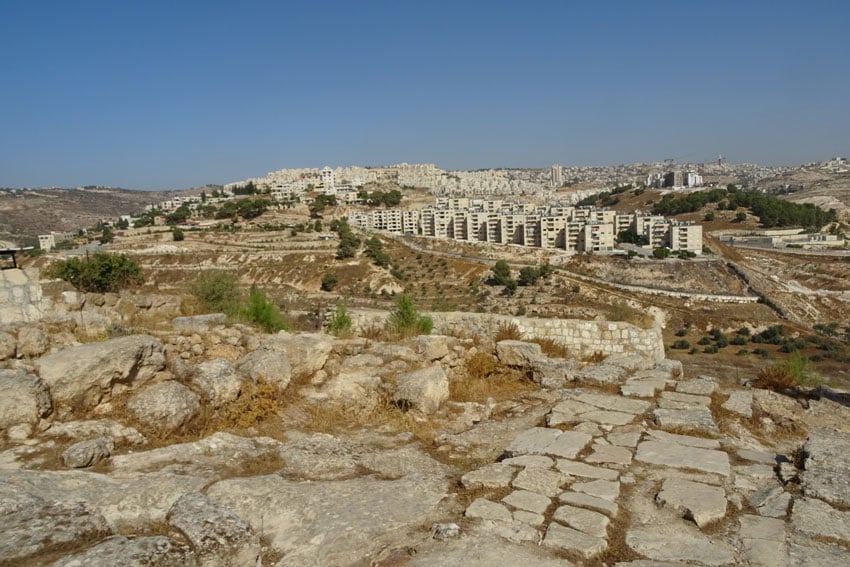
For the current inhabitants of these gospel places, life goes on in its humdrum way. People go to work, children play, taxis hurriedly manoeuvre along the streets and store-holders spruik their goods to a multitude of tourists and pilgrimage groups. The Sea of Galilee, Cana, Capernaum, Mount Tabor, Jericho, the Mount of Beatitudes, Jerusalem, the Mount of Olives, the Garden of Gethsemane, it’s all there today—the land of the Bible.
Since returning home from this trip, praying the Rosary has been a different experience. For almost every Mystery of the Rosary I can now picture in my mind the actual place where it had occurred. When paying the Mystery of the Annunciation I picture the tiny stone house believed to have been Mary’s in Nazareth. For the Visitation, there is the town of Ein Karem in the quiet, cool and shady hill country south-west of Jerusalem. There are the dusty streets of Bethlehem for the Nativity and the crowded streets of Jerusalem for the Presentation in the Temple and the Finding of the Child Jesus.
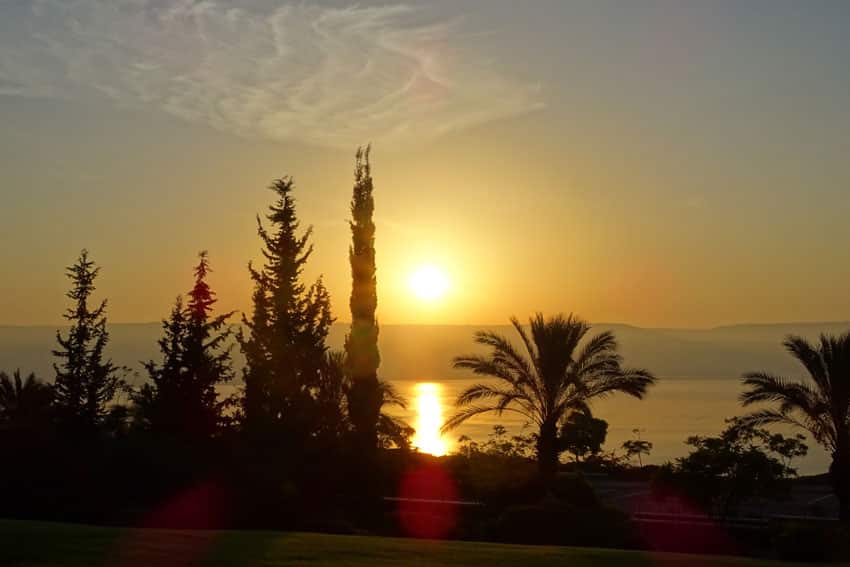
The Sorrowful Mysteries all occurred in and around the old city of Jerusalem where Christ’s Passion and death took place. You can walk around the olive trees in the Garden of Gethsemane and follow the route, through the cobbled streets of Jerusalem—along which Christ carried his cross—dodging street merchants selling postcards, necklaces and leather handbags as you go. Then of course, there is the empty tomb in the enormous, ramshackle Church of the Holy Sepulchre, a magnet for multitudes of pilgrims and tourists.
The Luminous Mysteries are spread throughout the countryside: the muddy River Jordan where Jesus was baptised, the insignificant little town of Cana where he turned water into wine and the majestic Mount Tabor where he was transfigured. The Proclamation of the Kingdom took place around the picturesque Sea of Galilee and the Institution of the Eucharist takes you back to Jerusalem, to the Upper Room where the Apostles met for the Last Supper.
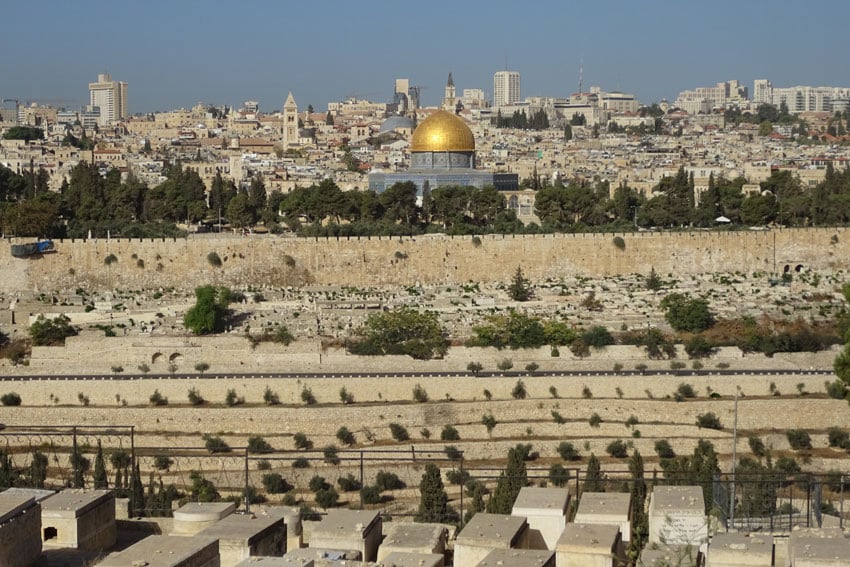
The Glorious Mysteries are mostly to be found in and around Jerusalem as well, with the possible exception of Our Lady’s Assumption into heaven (which many believe occurred in Ephesus in Turkey) and of course, the Coronation of Our Lady, which occurred in no earthly abode.
There are other shrines also to be found in the Holy Land that exist because of the traditional beliefs of local Christians over the centuries. These places provide moments for contemplation on what daily life was like for the teenage Mary and later for the Holy Family.
One can only try to imagine what it must have been like for a 14 or 15 year-old girl to have been visited by a heavenly being. In Nazareth there is a shrine called Mary’s Well, where it is believed Mary first saw the Angel Gabriel. According to the story, Mary was at the well collecting water, when Gabriel appeared to her. He didn’t say anything, he simply appeared before her. According to the tradition she was so frightened, she ran home straight away. As we know, Gabriel didn’t give up: he followed her home and asked her the question that changed the course of history.
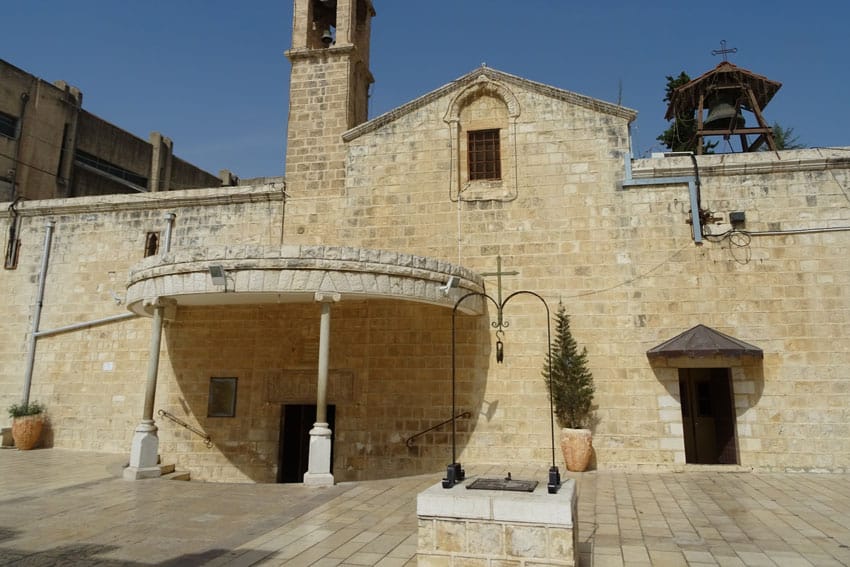
There is also a little shrine within a cave in Bethlehem called the Milk Grotto, where tradition holds the Holy Family stopped on their way to Egypt, when they were fleeing the treacherous King Herod who had ordered the slaughter of all infant males.
It is believed that Mary breastfed baby Jesus in the cave and that some of her milk dropped to the ground, changing the colour of the cave walls to a chalky, milky white, as they are today. Just like any other mother, Mary needed to feed her baby, regardless of what other pressing circumstances surrounded her. It must have been such a long, gruelling journey for a young, nursing mother and her husband. Journeying from Bethlehem to Egypt on foot, or donkey, is no mean feat, especially in the unforgiving climate of the Middle East.
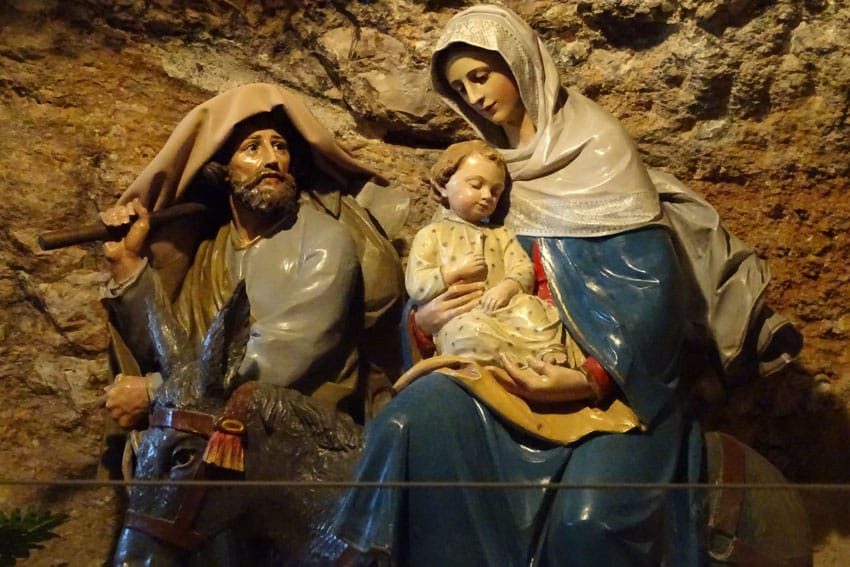
As refugees fleeing to another country to save the life of the infant Jesus, they would have been dirty, sweaty and tired, not to mention frightened. So now when I pray the Rosary, I don’t look at the pious pictures painted in pastel colours in Rosary booklets to help focus my mind on each mystery.
I simply picture the dry, arid, dirty streets and towns of the Holy Land today, and then I can relate much better to Mary, the young Jewish woman who must have worried about the safety of her baby and what they were going to eat for dinner each night, and where they would sleep.
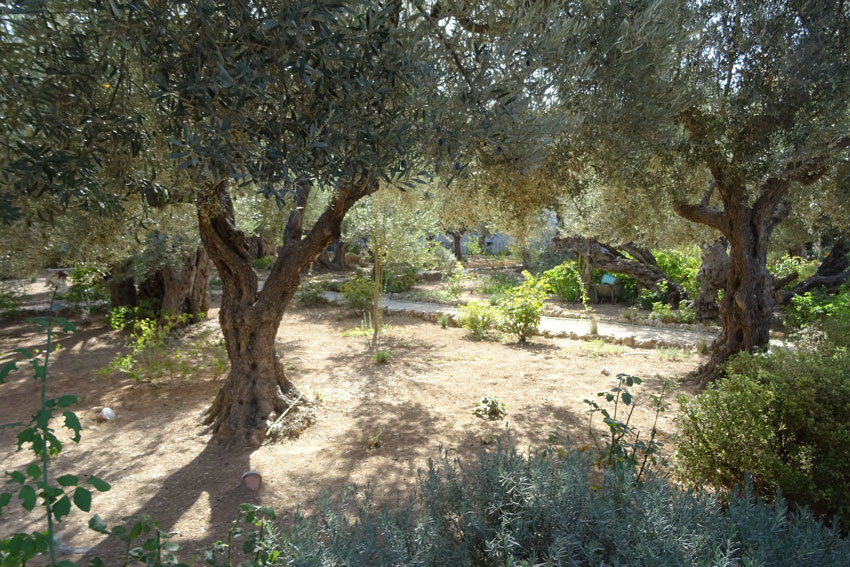
While not everyone can travel to the Holy Land, learning more about the lands of the Bible can help, not only with praying the Rosary but also with meditating on the gospels. Simply studying a map of Israel and seeing those familiar names—Bethlehem, Nazareth, Jerusalem—and seeing them in context, helps us comprehend the fact that these places are real and are inhabited by real people, as they were in Jesus’ time.
Meditating upon Mary, the flesh-and-blood woman of first century Palestine who walked the streets that can be walked today, brings the Rosary to life. The Rosary now makes sense to me. I feel a profound gratitude in praying to the woman who gave birth to Jesus Christ in very simple and primitive surroundings, who raised him in a humble family home with her husband Joseph, and who finally stood at the foot of the cross and watched her son executed as a criminal.
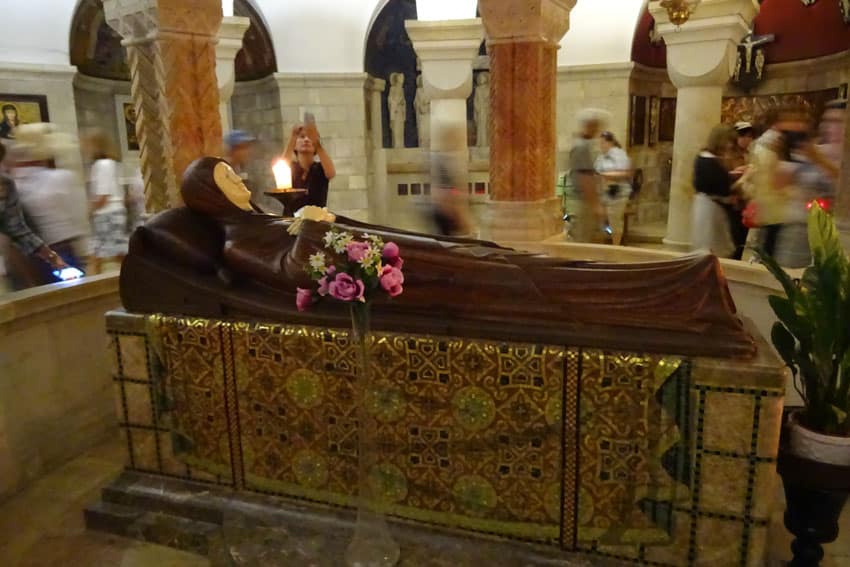
Meditating upon the Mysteries of the Rosary inevitably means meditating upon both Mary and her Son, for the mother and son are inextricably linked. The reason we venerate Mary in the first place is because she is the Mother of Christ. Mary’s intention is always to draw us closer to her Son—the Son of God and the Word made flesh. She always points us back to him, as she did with her last recorded words in the gospels: “Do whatever he tells you.”
